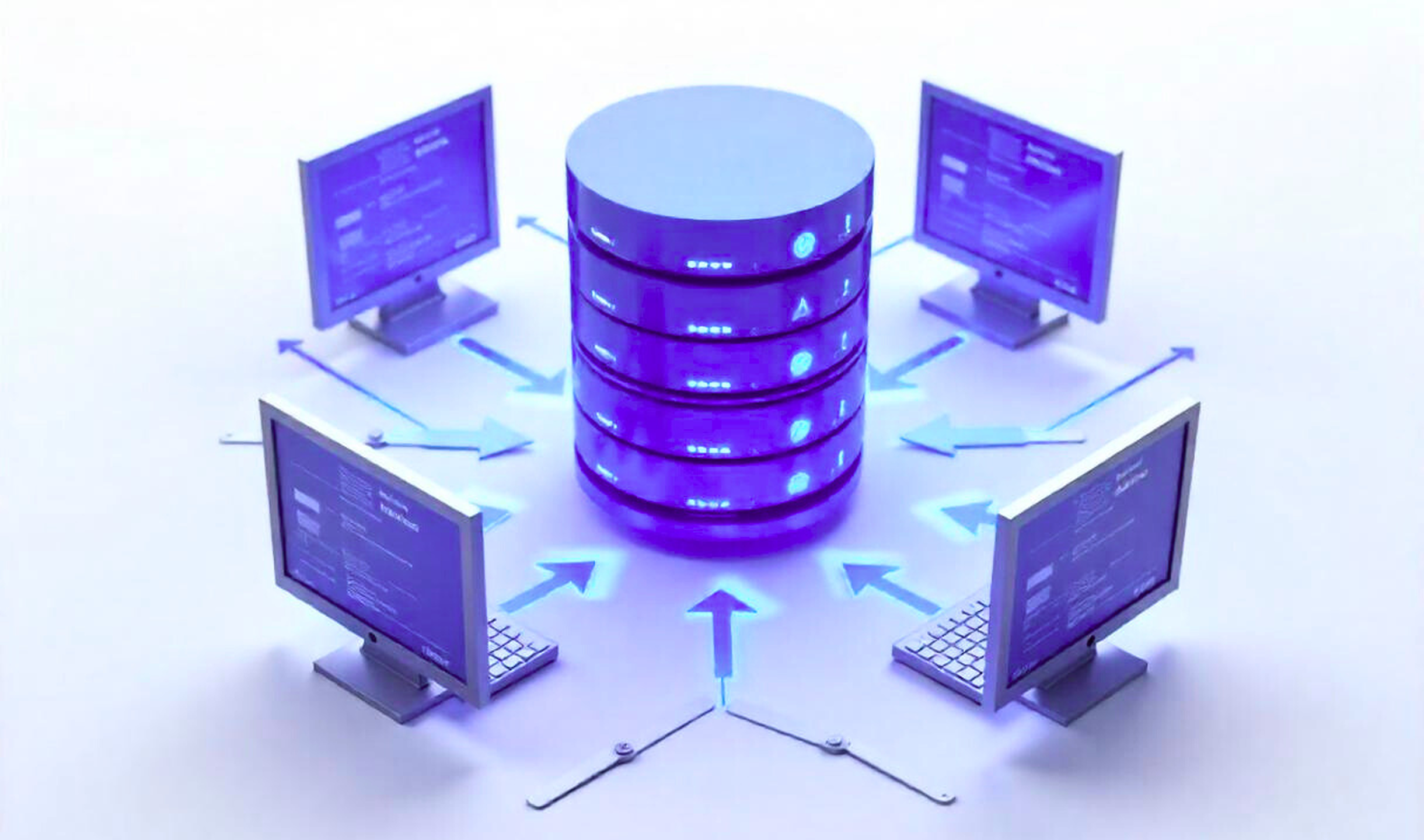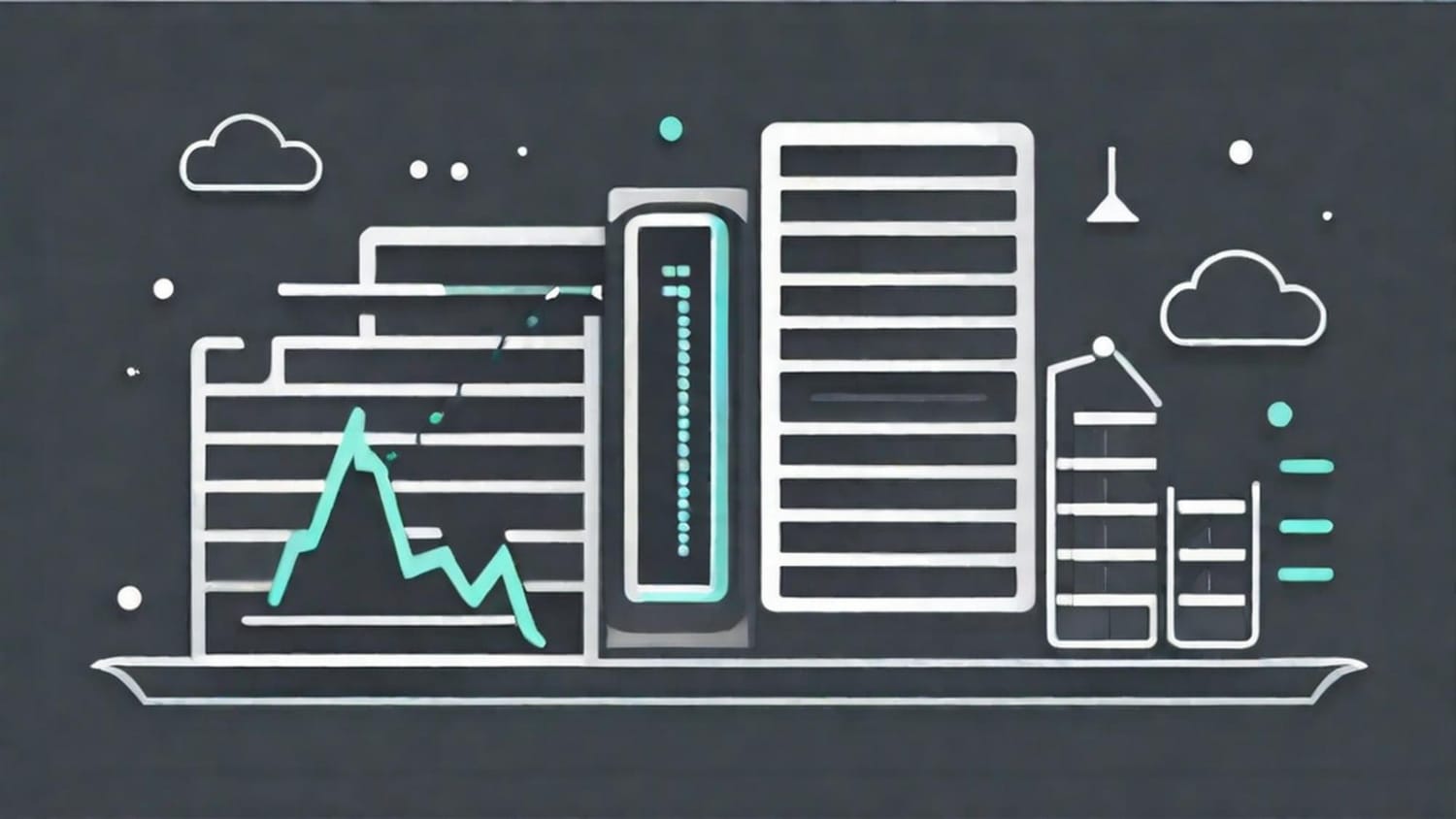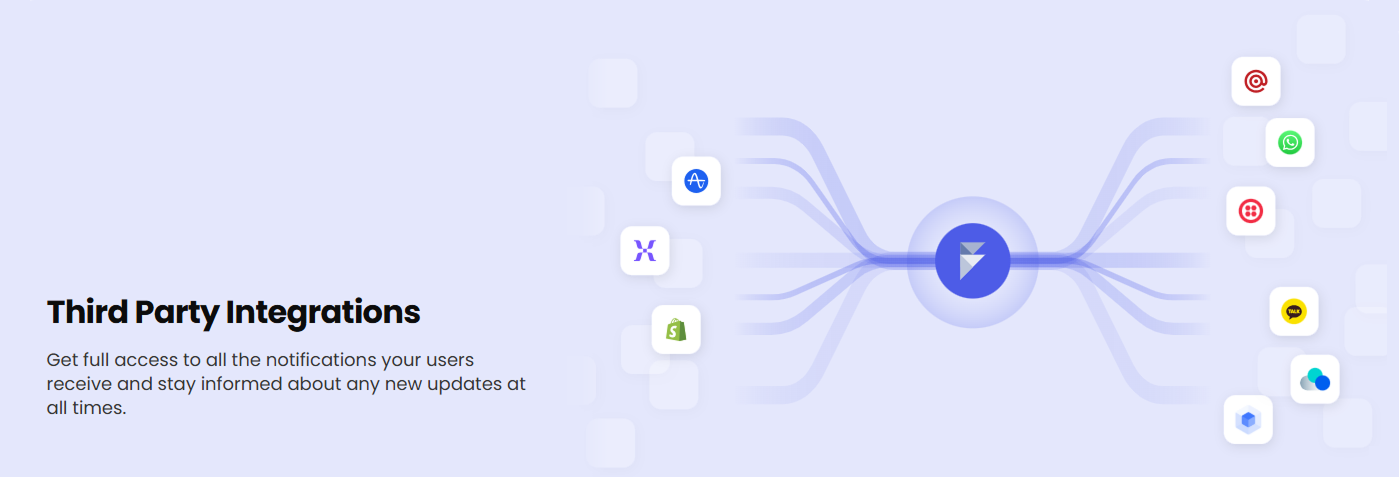5 Benefits of Connecting a Data Warehouse to Your CRM Marketing Platform

Modern marketers are awash in customer data—from website behaviors and product usage to transaction history and support interactions. Enter the data warehouse: a centralized hub that aggregates all this information. But unless that treasure trove is connected to your CRM marketing platform, you’re leaving value on the table. In fact, personalization suffers dramatically without unified data (66% of consumers will abandon brands that fail to deliver tailored experiences).
In this post, we’ll explore what a data warehouse is, 5 benefits of connecting them to CRM marketing platforms, and the pain points of a disconnected system. We’ll also walk through a realistic example of warehouse-powered automation in action, show how FlareLane supports these integrations, and provide tips on getting started. Let’s dive in!
✅ Integrating your data warehouse with your CRM marketing platform breaks down silos and creates a single source of truth, giving marketers a complete view of the customer journey for better decision-making.
✅ With access to rich, centralized data, marketers can build precise audience segments and deliver personalized messages based on behaviors like purchases or in-app activity—boosting engagement and conversion rates.
✅ Data warehouse integration enables real-time messaging across email, SMS, push, and in-app channels, driving customer loyalty through consistent and relevant touchpoints—made simple with FlareLane’s flexible, API-ready platform.
What Is a Data Warehouse and Why Should CRM Marketers Care?

Simply put, a data warehouse is a centralized repository where all your business’s data lives. Think of it as a giant database that aggregates information from multiple sources: your product database, website analytics, sales transactions, mobile app events, customer support logs—you name it. By consolidating data in one place, it becomes accessible and useful to different teams. For example, a data warehouse (often cloud-based, like BigQuery, Snowflake, or Redshift) is “a central repository for company-wide customer data” that teams across the company can access, analyze, and activate for deeper insights. In other words, it creates a single source of truth about your customers.
For CRM marketers, the data warehouse is gold. Why? Because it contains all the behavioral and profile data that typical CRM or marketing tools might lack. Traditional marketing automation platforms or CRM systems can store customer info and campaign data, but they have limits. Often, they silo the data you directly collect (emails, name, maybe campaign interactions) separately from the rest of the business’s data (like product usage or revenue). This means marketers working only within a CRM platform might only see part of the customer picture. The data warehouse, on the other hand, holds the full customer journey – every touchpoint from first website visit to latest purchase – which is incredibly valuable for marketing.
By connecting that warehouse data to your CRM marketing platform, you bring the rich context into your day-to-day campaigns. Instead of treating your CRM and data warehouse as unrelated entities, integrating them allows the CRM to tap into that single source of truth. In fact, many organizations now view the cloud data warehouse as the primary source of customer data, reshaping how CRMs are used. The bottom line: a data warehouse isn’t just an IT or analytics tool; it’s a marketer’s secret weapon when integrated with your engagement platform.
The Pain Points of an Unintegrated CRM Platform

What happens if you don’t connect your data warehouse to your CRM marketing platform? In short, you face a lot of headaches and missed opportunities. Here are some common pain points marketers encounter with a siloed CRM:
- Incomplete Customer View: Without warehouse integration, your CRM platform only knows what’s directly fed into it (e.g. form fills, email clicks). Critical data like in-app behaviors, past purchases, or offline interactions might be stuck in other databases. This fragmented picture makes it hard to tailor campaigns.
- Inaccurate or Stale Data: Siloed systems often lead to data that’s out-of-date or inconsistent. Many CRM and marketing automation tools have limits on data fields and update frequency, meaning the information in your marketing platform can lag behind reality.
- Manual Work & Data Gaps: In a disconnected setup, marketers frequently resort to manual processes to bridge the gap. Ever had to ask an analyst for a CSV export of users who meet certain criteria, then upload that list to your CRM? It’s tedious and doesn’t scale. Marketers without coding skills often find warehouse data “inaccessible”, locked behind SQL queries only data engineers can run.
- Limited Segmentation & Personalization: A standalone CRM platform restricts you to the data it has. Want to segment by users who performed a complex sequence of actions in your app, or who have a lifetime value above $X? Tough luck if that info isn’t already in the CRM. Without the warehouse connection, you might be stuck with generic segments (e.g. all users in a region get the same message) instead of laser-focused targeting. The result is often “one-size-fits-all” campaigns that underwhelm. Remember, modern consumers expect personalization at every turn – failing to deliver it can drive them away. A disconnected CRM makes it hard to meet these expectations.
"Struggling with data silos or manual workflows? Book a 1:1 consultation to see how we can help."
Benefits of Connecting Your Data Warehouse with Your CRM Platform

Now for the good news: integrating your data warehouse with your CRM marketing platform can solve the above problems and unlock powerful marketing capabilities. Here are some of the top benefits of a warehouse-integrated CRM:
Unified 360° Customer View for Segmentation
When your CRM is plugged into the data warehouse, you effectively give your marketing team a complete customer profile within their campaign tool. You can aggregate attributes from every source – product usage metrics, support tickets, past purchases, web behavior, loyalty status, etc. This unified view lets you segment your audience with precision and confidence. No more guessing or operating on partial data.
With all data in play, you might segment users by things like: “high-value customers who haven’t logged in this week,” “users who viewed Product X twice but didn’t purchase,” or “customers in the trial phase who hit a usage milestone.” These are nuanced segments that drive targeted outreach. In fact, a customer data warehouse enables building highly customized audiences for any channel – email, push notifications, SMS, you name it – acting as a central brain for your omnichannel campaigns. You’re not limited to the fields in the CRM schema; you can create segments from virtually any data point in the warehouse.
Hyper-Personalization of Campaigns
Segmentation is the who; personalization is the what. With a warehouse-connected CRM, you don’t just target the right users, you also tailor the content to each user’s context. Since the CRM now knows so much more about each customer, you can dynamically populate messages with personalized details: the product category they’ve shown interest in, the specific feature they haven’t tried yet, their first name and loyalty tier, or that support issue they ran into last week (and a note that it’s resolved).
Instead of generic copy, your emails, push notifications, and in-app messages can speak directly to the user’s needs and actions. This level of personalization is proven to improve engagement and retention – as noted earlier, two-thirds of consumers will leave a brand that doesn’t deliver personalized experiences. On the flip side, when done right, personalization makes customers feel heard and valued, increasing their loyalty and lifetime value.
By integrating your data, you unlock personalization use cases like: product recommendations based on browsing history, special offers triggered by a user’s favorite category, or content that adapts depending on whether a user is a new vs. veteran customer. It’s the kind of marketing that feels like a helpful concierge rather than a spammy billboard. As a marketer, it’s satisfying to create campaigns that resonate on an individual level, and as consumers, people respond positively to that relevance.
Real-Time Triggered Engagement
Another huge benefit is real-time marketing. When your CRM platform receives a steady feed of warehouse data (which can be updated in near real-time for critical events), you can trigger messages instantly based on customer behaviors or status changes. This event-driven automation ensures you reach customers at the perfect moment with the perfect message.
For example, suppose a user just reached a milestone in your app (tracked in the warehouse). With integration, that event can immediately trigger a congratulatory in-app message or a push notification offering a next-step tutorial. If a customer’s subscription payment fails (recorded in billing and passed to the warehouse), it could trigger an email via your CRM platform to update their payment info before their account lapses. Essentially, every meaningful action or change in customer data can be a trigger or stop-rule for campaigns no more waiting for a nightly sync or missing the window when the customer’s interest is highest.
Consistent Cross-Channel Experiences
When your data warehouse and CRM marketing platform are connected, you enable true cross-channel consistency. FlareLane and other modern CRM platforms allow you to engage users via multiple channels (email, SMS, push notifications, in-app messages, webhooks, etc.). But consistent messaging across those channels requires that all channels draw from the same data. By feeding warehouse data into your CRM, you ensure that whether a user is on your app or reading an email, the information and context used is up-to-date and uniform.
Why is this important? Customers interact with brands on many fronts and expect a seamless experience. If your email says one thing (“We noticed you liked X, here’s a deal”) but the in-app message shows something unrelated, it creates a disjointed experience. Integrated data means your segments and personalization carry over across channels, creating a cohesive narrative. This cohesive, synchronized approach has a real impact on loyalty – as noted, brands with strong cross-channel engagement retain about 89% of their customers on average, versus only 33% retention for brands with weak engagement efforts. Consistency builds trust: the customer feels the brand knows them no matter where the interaction happens.
Better Analytics & Optimization
Finally, integrating your warehouse and CRM closes the loop on analytics. Not only can warehouse data flow into the CRM for targeting, but campaign results from the CRM can flow back into the warehouse. This creates a virtuous cycle: your data warehouse can store customer engagement data (sends, opens, clicks, conversions) alongside all other customer data, letting your analytics team measure campaign impact in context (e.g. did those emails actually drive repeat purchases? Which user attributes correlate with higher push notification engagement?).
While this is a bit more on the analytics side, it ultimately benefits marketing strategy. With unified data, you can run more powerful funnel analyses, attribution models, and customer lifetime value predictions that guide your marketing decisions. Essentially, integration turns your warehouse into a marketing intelligence engine in addition to fueling the campaigns themselves. It’s a win-win: campaigns become more data-driven and your understanding of what works improves continually.
Want to activate your data for smarter CRM marketing? Book a 1:1 consultation with our team today!
How FlareLane Supports Data Warehouse Integrations

Implementing the above might sound complex, but that’s where choosing the right CRM marketing platform makes all the difference. FlareLane was built with a data-centric philosophy, enabling brands to easily connect their data sources (including data warehouses) and put their customer data to work. At FlareLane, our platform offers a comprehensive solution for personalized, cross-channel customer interaction and engagement.
In practical terms, FlareLane provides multiple ways to integrate your data warehouse or other data pipelines:
Flexible Data Ingestion (Push Model)
FlareLane’s open APIs and SDKs make it easy to send custom data into the platform. Every piece of data—whether it’s a user attribute or an event—can be ingested and then used to trigger or personalize messages. Many teams connect their warehouse by scheduling periodic API calls to upsert user attributes (e.g. syncing a “VIP customer” flag or updated purchase totals daily). Others use webhooks or real-time event streaming from their pipeline into FlareLane, allowing events like item_purchased or level_reached to arrive instantly. We're agnostic about where the data comes from—as long as it’s formatted and sent via our supported API or tools.
Reverse ETL Support (Pull Model)
While current integrations use a push-based method, FlareLane is preparing to support reverse ETL, allowing the platform to pull data directly from your data warehouse into the CRM environment. This method is especially critical for large-scale enterprise customers, who often require this architecture due to security, governance, or workflow constraints.
With reverse ETL, FlareLane will enable you to sync customer attributes and behaviors from your warehouse—such as BigQuery, Snowflake, Redshift—and even traditional databases like MySQL or PostgreSQL. Compared to other CRM platforms, this gives FlareLane a wider range of data source compatibility, making data activation easier and more flexible across different stacks.
Third-Party Analytics Tool Integrations
FlareLane also integrates with tools that sit on top of your warehouse, such as Amplitude and Mixpanel. If you've already instrumented events in these platforms, FlareLane can mirror that data with minimal setup. Likewise, we integrate with customer data platforms and reverse-ETL solutions (like Hightouch or Census), allowing seamless syncs from your warehouse to FlareLane with just a few configuration steps.
Unlimited Segmentation & Personalization Built-In
Once your data is flowing, FlareLane gives you everything you need to use it effectively. All rich attributes from your warehouse become instantly available in our segment builder UI. You can define complex audience rules using any combination of behavior, demographic, or engagement metrics. Our message builder also supports dynamic content insertion, so fields like last_product_viewed or loyalty_tier can be used to personalize campaigns at scale.
Event-Based Automation
FlareLane includes an event-driven workflow engine built for data-rich environments. You can trigger campaigns based on both native and custom events—whether it's a trial_started event or a condition like “no purchase within 14 days.” Every customer journey can be automated based on the data you’ve connected, with real-time responsiveness.
Analytics and Feedback Loop
FlareLane also closes the loop by enabling outbound data sync. You can export message engagement metrics—like sends, opens, clicks, conversions—back to your data warehouse or analytics tool via webhook or API. This ensures your data warehouse remains the single source of truth, powering not only campaigns but holistic performance analysis and modeling.
Built for the Modern Data Stack
With broad support for reverse ETL and native compatibility with data warehouses like BigQuery, Snowflake, Redshift—even MySQL and PostgreSQL—FlareLane empowers brands to activate their customer data with unmatched flexibility. Whether you're pushing or pulling data, we make it seamless to turn your warehouse into a real-time marketing engine.
Final Thoughts
In today’s data-rich, customer-centric landscape, connecting your data warehouse to your CRM marketing platform is no longer a “nice to have” – it’s becoming a must-have for teams that want to stay competitive. By bridging these tools, you eliminate data silos and empower your marketing efforts with complete, timely, and actionable customer insights. The result is marketing that feels like magic: precise targeting, messages that truly resonate, and automated journeys that respond instantly to customer behavior. Ultimately, this integration drives better customer engagement, higher conversion throughout the funnel, and more loyalty – the metrics that define marketing success.
At FlareLane, our cross-channel CRM marketing platform is designed to help you achieve exactly this. We support seamless data warehouse integration, offering marketers unlimited segmentation, real-time triggers, and hyper-personalized messaging all in one place. With advanced analytics, event-based automation, and a friendly interface, we make it easy to turn your data into delightful customer experiences.
Want to learn more about CRM marketing strategies and data integration? Explore other articles below!
👉Read more: Documentation | Data Integration
👉Read more: What Is CRM: Business Success Stories
👉Read more: 4 Key Differences Between CRM and CDP


